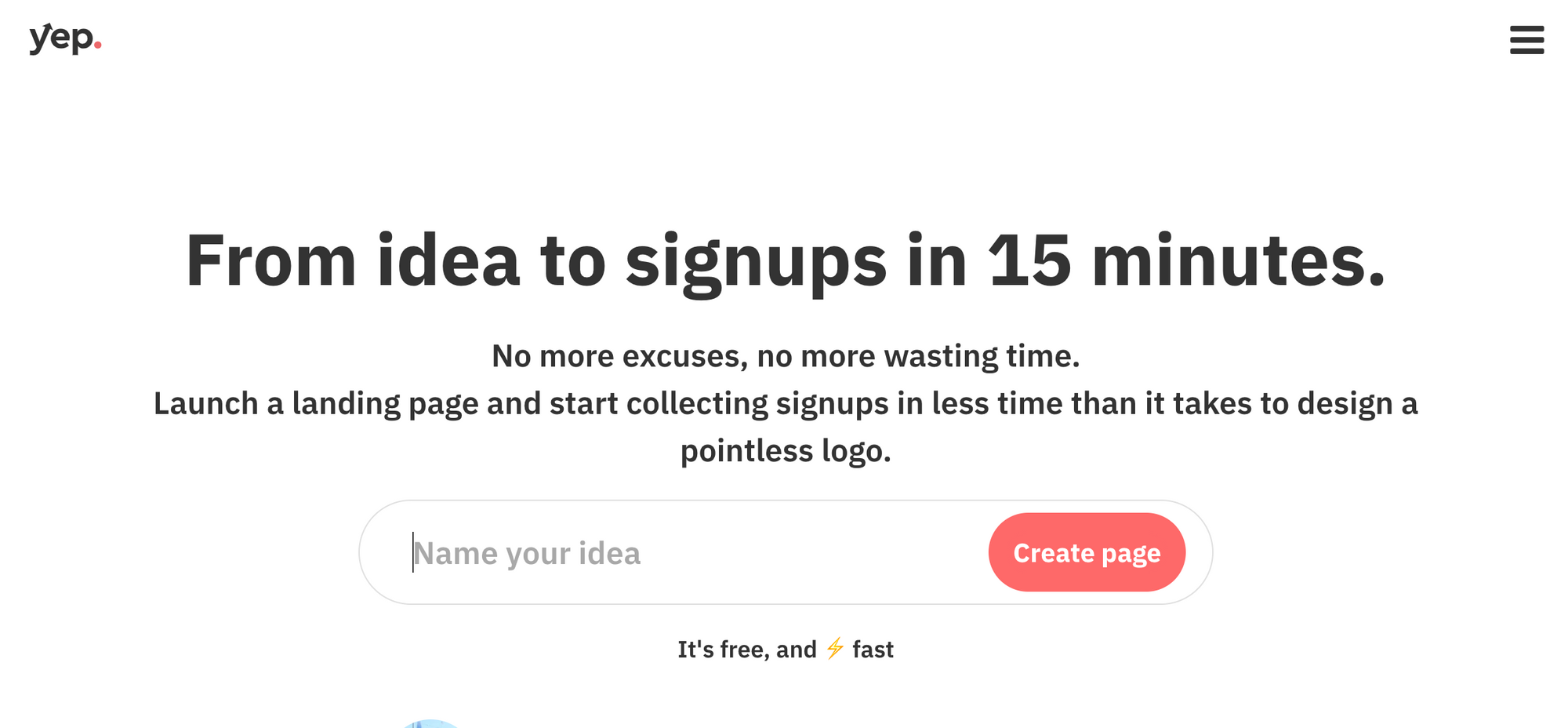If you’re an avid #nocode Twitter follower, it’s likely you’ve come across Kieran’s tweets as @nocodelife. He’s well-regarded in the no-code community as a strong leader and reliable Bubble resource, and he has been building in public since launching his Twitter account in 2019. But how exactly did Kieran become the Bubble expert he is today? Read on to discover what brought Kieran to Bubble and how he ended up Building in Public.
Since I joined Twitter I've tweeted almost 10,000 times.
— nocodelife 🚀 Building side projects without code (@nocodelife) April 22, 2022
Some see it as a waste of time.
But I think it builds positive habits:
- I spend more time thinking
- I push myself to do interesting things
- I'm motivated to learn more so I can provide value
Twitter is my brain gym.
What were you doing before you discovered no-code?
I grew up in the UK and, after studying law and business at university, moved to London to work as an accountant in a large investment bank. I hated the accounting part but loved using Excel, in particular building spreadsheets that could take in large amounts of raw data, run some macros, and automatically produce useful outputs. This was my first experience of building something similar to an app and it was addictive.
After a few years, I got fed up with the corporate world and started working in technology startups in the micro-finance sector, mainly crowdfunding platforms providing social impact loans to people without access to financial services.
This gave me the opportunity to live abroad, travel, and work in technology, although I was still on the operations/finance/business development side rather than the technology side. It also exposed me to the world of startups, which I found infinitely more exciting than large corporations. Since then, I’ve only ever worked in startups.
In my spare time I tried to learn to code, starting out with HTML and CSS and progressing to hacking around customizing Wordpress templates. I made some concerted efforts to learn Javascript and Ruby on Rails but always got stuck; I enjoyed the actual coding part but most of my learning seemed to involve copying and pasting commands I didn’t understand into the terminal on my Mac, and if something stopped working, it would take me hours of searching Stack Overflow to find out why.
In 2015, I built a startup with a technical co-founder, and it’s still going today. As one of the few non-technical people on the team, I don’t do any coding but am heavily involved in product management and design. Working with developers every day has taught me a lot and made me really appreciate that anything is possible with code, but also that it’s extremely challenging to build and maintain complex systems at scale.
How did you discover no-code tools like Bubble?
In July 2019 I was scrolling through Product Hunt and found Glide, which lets you make apps from spreadsheets. As a spreadsheet enthusiast this sounded incredible. I tried it out and loved it and built a few apps with it. But as much as I loved Glide apps, I was hitting limitations and needing to use some messy workarounds to get things to work how I wanted. My goal was to build a full SaaS app and it just wasn’t quite possible at that time.
I started doing more research and came across other no-code tools, including Bubble. Bubble had the promise of being less structured and more powerful, with the potential to build full SaaS web apps. I dove straight into the deep end and began building the SaaS app idea I had recently thought of. I was so excited and impatient I didn’t even do any of the tutorials, I just started building and learning by Googling and reading the Bubble forum.
I started by trying to build the core functionality of my app without any design aspects, just to check I could make it work. To my surprise it was extremely easy and fast to get to where I wanted. From that moment on I was hooked.
The ten most common FAQs about getting started with Bubble, with answers...#buildwithbubble pic.twitter.com/qQm3JyQGTR
— nocodelife 🚀 Building side projects without code (@nocodelife) March 8, 2022
What have been your most exciting projects on Bubble?
There are different reasons I find projects exciting. In terms of pushing my technical skills to new levels, one project enabled users to add YouTube links or upload a video and then gave them a shareable review page where reviewers could type time-tagged comments and record video comments directly into the browser. At the time, I think Loom.com recently added this feature but until then I hadn’t seen any other apps offering time-tagged video commenting.
The most complete and complex project was Community Copilot, a CRM and messaging platform for community managers. It had all the features you’d expect from a CRM, plus a lot of nice additions like sending personalized Slack DMs in bulk, matching users for introduction based on their interests, automated conversation starters, and the ability to reply to Slack messages directly from the app. I built this with a developer co-founder, but the majority of the front-end was built in Bubble.
The most exciting app in terms of traction and actual users is my current project, Yep.so, which is a no-code landing page builder also made with no-code! I wanted to make an easier and quicker way to test an idea and build a waitlist, something so simple it stops me from making excuses and focused my attention on validating the idea before taking any further steps. I built it because I wanted to see if it was possible and it turns out it’s scratching an itch for some people.

Where did you find resources to help you as you began learning Bubble?
The Bubble forum is a goldmine, I use it all the time and the answers are always helpful. Unlike most forums it’s extremely beginner-friendly. Beyond that, I’ve enjoyed videos by Gregory John at Buildcamp as I know his way is almost always the right way of doing things! Actually I should probably mention here that my friend Pablo, who is a professional Bubble developer, and I made a comprehensive crash course on Bubble containing everything we wished we knew when we first started.
Do you have advice for folks just starting out on their Bubbling journey?
When I was a child my parents put me in violin lessons at school. I enjoyed some aspects but always hated practicing in my spare time. Looking back, the reason I didn’t practice much was because I didn’t listen to any classical music and had nowhere to get inspiration or motivation. On the other hand, as soon as I got my first guitar I practiced it every day without fail because I wanted to play like Kurt Cobain.
I have a friend who’s trying to learn by building a WhatsApp clone. The problem is he’s not excited about building it, so he’s going very slowly.
On the other hand, I started out trying to build a SaaS app I hoped would be a real business, and I linked up a potential customer waiting to pay for it before I started. This gave me a load of motivation to work on it every day. In the end I couldn’t get any traction with the idea but it didn’t matter as I’d learned so much I could take to my next app.
Learning anything without having a motivational goal is always difficult. Find that goal and it becomes easy. Build an app for a good cause, like a local charity. Build one to help you at work. Grow a waitlist of people who want your app. Or simply make an app that solves your own problem.
Valuable skills for all @bubble makers to learn:
— nocodelife 🚀 Building side projects without code (@nocodelife) March 9, 2022
- Basic HTML
- Basic CSS
- How to use your browser's inspector
I use these almost every day to debug issues, quickly try out styling changes, insert custom styling into apps, view what data my app is exposing.#buildwithbubble
Had you heard of building in public prior to the launch of this campaign? Did you participate at all, and if not why not?
I’ve been building in public on Twitter ever since discovering no-code. At the beginning I knew nothing, so it was more learning in public than building in public. I think learning in public is an excellent way to build an audience from scratch because it’s so simple and low-effort. It feels much more honest than many of the "faux-expert life advice" posts you see on Twitter, because you are able to be open about your worries and failures.
How has building in public been beneficial for you?
I started my account in November 2019 and now have over 13K followers. All of that time I was learning and building in public, otherwise I wouldn’t have had much to tweet at all. My basic theory is the more you tweet, the more followers you get, and building in public gives you lots of ideas for tweet content. I enjoyed the #BuildwithBubble challenge because it motivated me to tweet even more than normal.
Last night I spent a while working on this "ideas dashboard" for @yepdotso pro users.
— nocodelife 🚀 Building side projects without code (@nocodelife) March 24, 2022
I think it could be quite useful!
Also, I discovered I enjoy making the small UI interactions 😀 #buildwithbubble #buildinpublic pic.twitter.com/vSZv1TqNvd
Build for as long as you want on the Free plan. Only upgrade when you're ready to launch.
Join Bubble







